Search Result
Results for "
degradation agent
" in MedChemExpress (MCE) Product Catalog:
2
Biochemical Assay Reagents
5
Isotope-Labeled Compounds
| Cat. No. |
Product Name |
Target |
Research Areas |
Chemical Structure |
-
- HY-152227
-
|
|
PROTACs
JAK
|
Inflammation/Immunology
|
|
PROTAC TYK2 degradation agent1 is a potent and subtype-selective TYK2 degrader. PROTAC TYK2 degradation agent1 has TYK2 degradation activity with DC50 value of 14 nM. PROTAC TYK2 degradation agent1 can be used for the research of autoimmune disease .
|
-
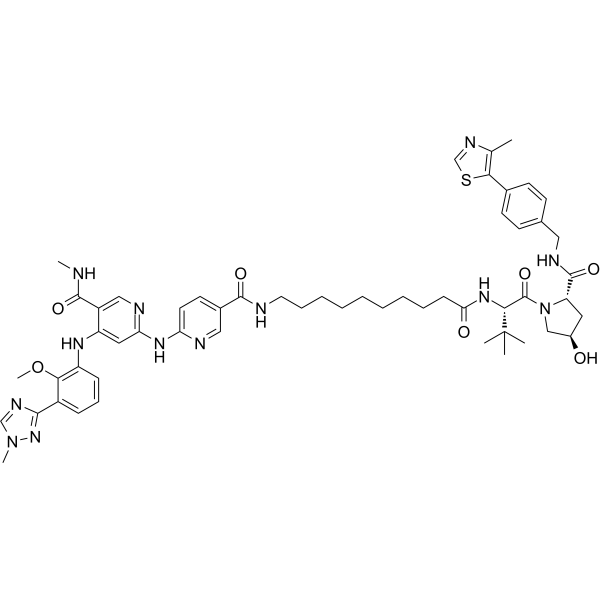
-
- HY-144841
-
|
CFT7455
|
Ligands for E3 Ligase
|
Cancer
|
|
Cemsidomide (CFT7455) is an orally active zinc finger transcription factors Ikaros (IKZF1), Aiolos (IKZF3) degrader. Cemsidomide is an anti-cancer agent that binds with high affinity to the cereblon E3 ligase (Kd of 0.9 nM) (WO2022032132A1; Compound 1) .
|
-
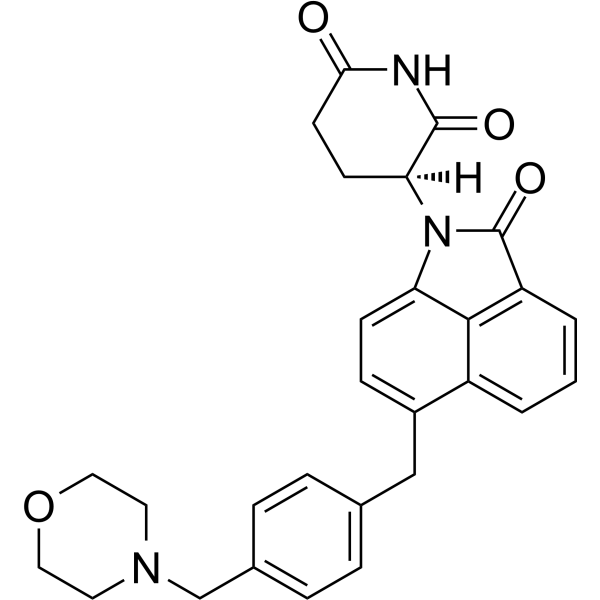
-
- HY-162281
-
|
|
Others
|
Cancer
|
|
PROTAC SOS1 degrader-6 (compound 23) is a potent SOS1 PROTACs degrader with synergistic efficacy with KRAS G12C inhibitors .
|
-
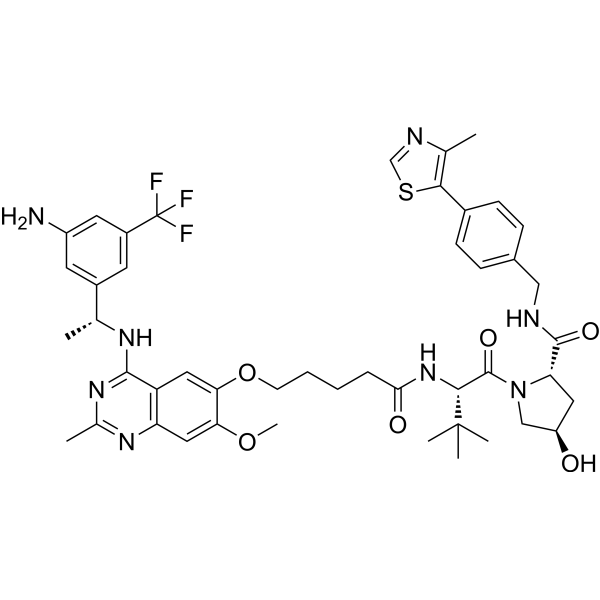
-
- HY-162450
-
|
|
PROTACs
MDM-2/p53
Apoptosis
|
Cancer
|
Antitumor agent-150 (V10), an anti-breast cancer agent, is a PROTAC-based MDM2 protein degrader (Red: Ganoderic acid A; Black: 4O-PEG linker; Blue: VHL ligand) .
|
-
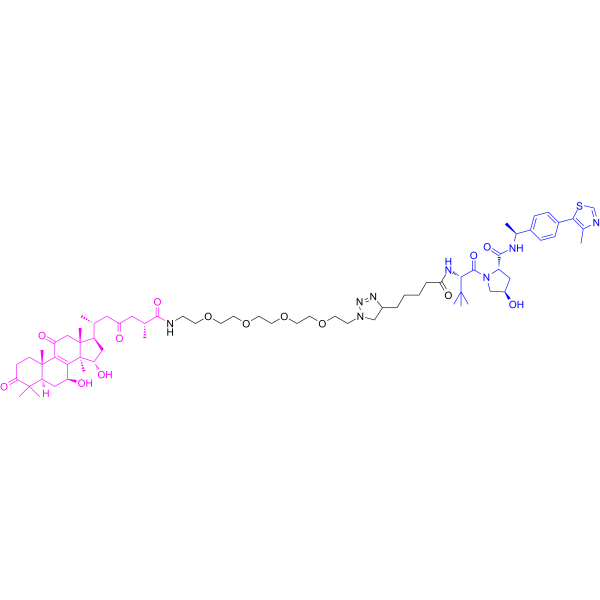
-
- HY-146384
-
|
|
CRM1
|
Cancer
|
|
CRM1 degrader 1 (1l) is a low toxic chromosome region maintenance 1 (CRM1) degrader. CRM1 is the sole nuclear exporter of several tumor suppressor, a growth regulatory protein as an attractive cancer agent target. CRM1 degrader 1 induces the apoptosis in gastric carcinoma and selectively inhibits proliferation of gastric cancer .
|
-
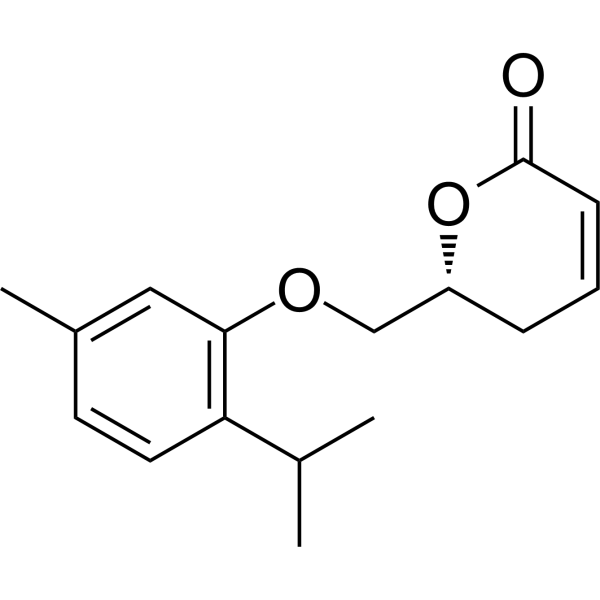
-
- HY-157570
-
|
|
STING
|
Infection
|
|
Anti-inflammatory agent 70 (N-Me-SP23) is a STING protein degrader and inhibits the STING signaling pathway. Anti-inflammatory agent 70 has anti-inflammatory activity .
|
-
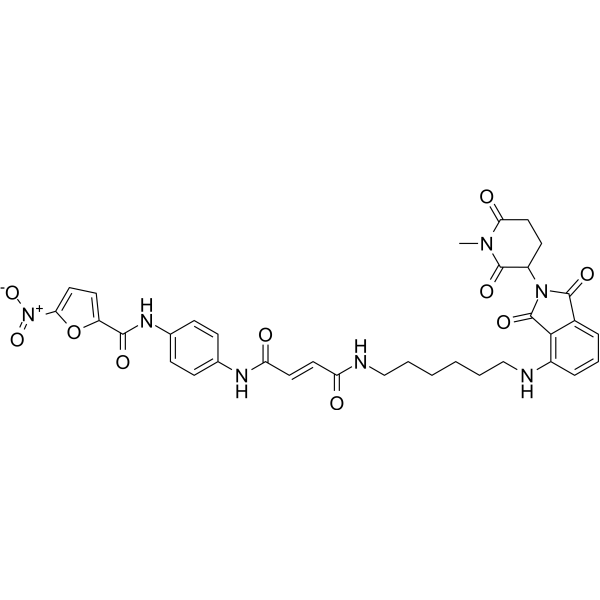
-
- HY-151958
-
|
|
Bacterial
|
Infection
|
|
Antitubercular agent-35 (compound 42l) is an antitubercular agent. Antitubercular agent-35 inhibits the growth of MtbH37Rv and M. Marinum with MIC90 values of 1.25 and 2 μg/mL, respectively. Antitubercular agent-35 shows the ability of escaping metabolic degradation by human liver microsomes. Antitubercular agent-35 can be used for the research of tuberculosis .
|
-
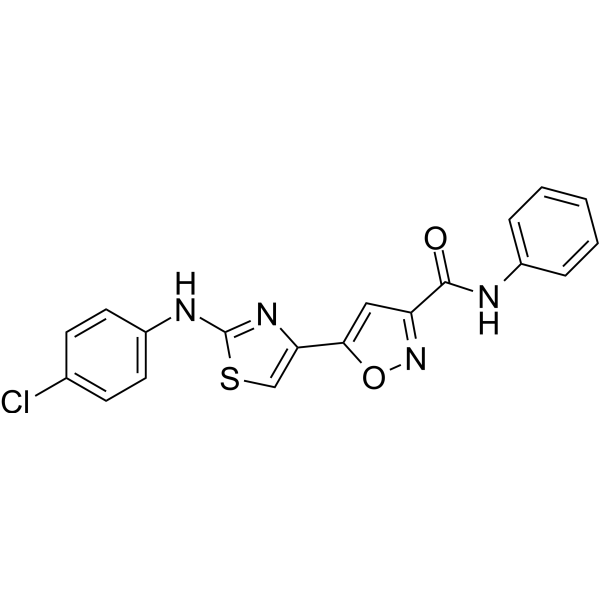
-
- HY-151957
-
|
|
Bacterial
|
Infection
|
|
Antitubercular agent 34 (compound 42g) is an antitubercular agent. Antitubercular agent 34 inhibits the growth of MtbH37Rv with a MIC90 value of 1.25 μg/mL with the ability of escaping metabolic degradation by human liver microsomes. Antitubercular agent 34 can be used for the research of tuberculosis .
|
-
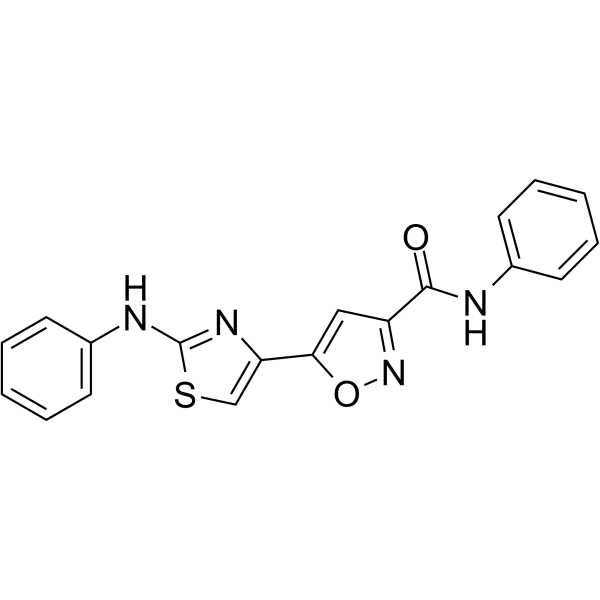
-
- HY-P5819
-
|
|
Wnt
APC
PROTACs
β-catenin
|
Cancer
|
|
xStAx-VHLL is a PROTAC β-catenin degrader that manifests strong inhibition of Wnt signaling and sustains degradation of β-catenin in cancer cells and the intestinal organoids derived from wild-type and APC –/– mice. xStAx-VHLL can be used as a promising anticancer agent .
|
-
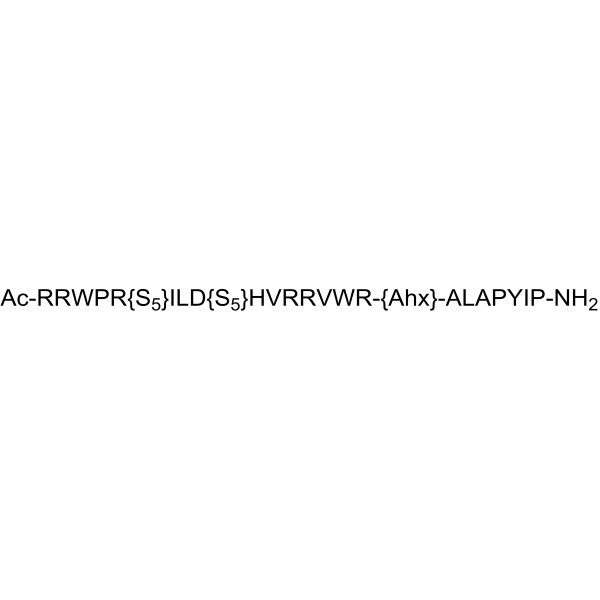
-
- HY-10984
-
Pomalidomide
Maximum Cited Publications
13 Publications Verification
CC-4047
|
Ligands for E3 Ligase
Molecular Glues
Apoptosis
|
Cancer
|
|
Pomalidomide, the third-generation immunomodulatory agent, acts as molecular glue. Pomalidomide interacts with the E3 ligase cereblon and induces degradation of essential Ikaros transcription factors.
|
-
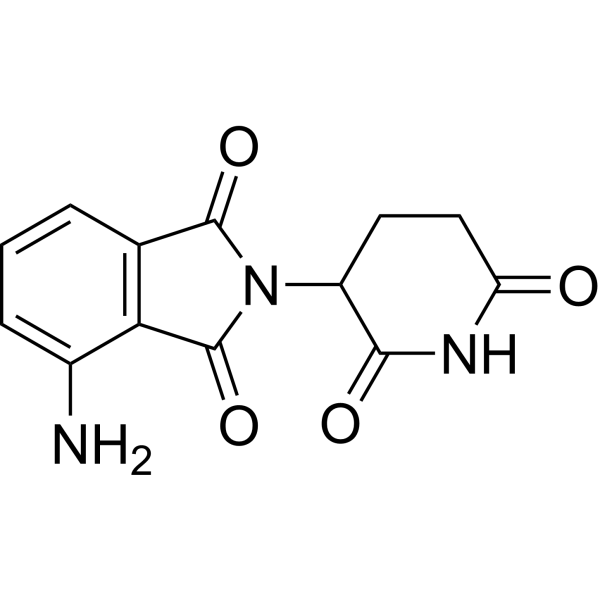
-
- HY-115718A
-
|
|
PROTACs
Bcl-2 Family
|
Cancer
|
|
PZ703b TFA is a Bcl-xl PROTAC degradation agent that induces apoptosis and inhibits cancer cell proliferation for bladder cancer research .
|
-
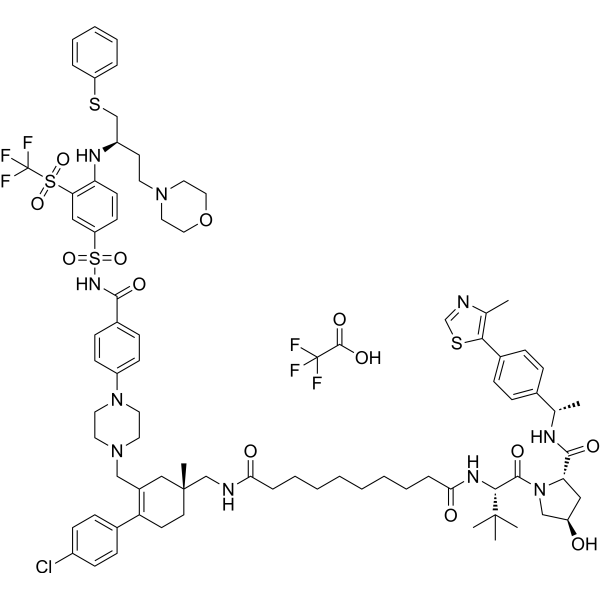
-
- HY-129478
-
|
|
Caspase
Bcl-2 Family
CDK
|
Cancer
|
|
TC11 is a MCL1 degrader. TC11 is also a Caspase-9 and CDK1 activator. TC11 structurally relates to immunomodulatory agents as phenylphthalimide derivative. TC11 induces apoptotic death caused by degradation of MCL1 during prolonged mitotic arrest .
|
-
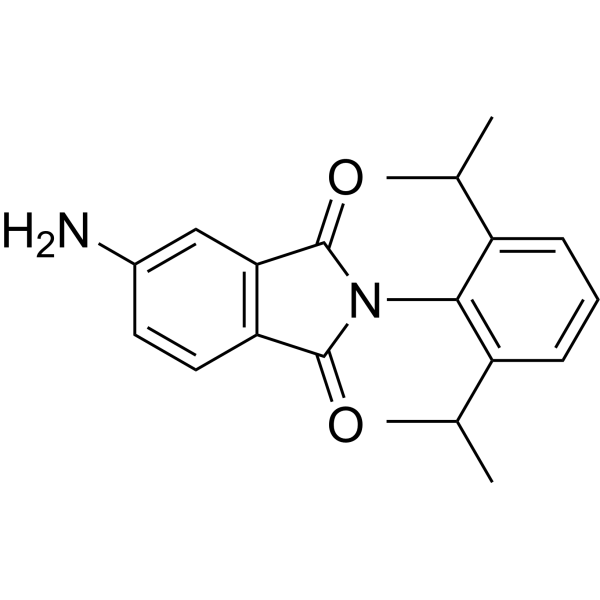
-
- HY-146393
-
|
|
PROTACs
Cytochrome P450
|
Cancer
|
|
PROTAC CYP1B1 degrader-1 (Compound 6C), a α-naphthoflavone chimera derivative, is able to eliminate cytochrome P450 (CYP)1B1-mediated agent resistance via targeted CYP1B1 degradation, with IC50s of 95.1 and 9838.6 nM for CYP1B1 and CYP1A2, respectively. PROTAC CYP1B1 degrader-1 can be used for the research of CYP1B1-overexpressing prostate cancer .
|
-

-
- HY-B0300S
-
-
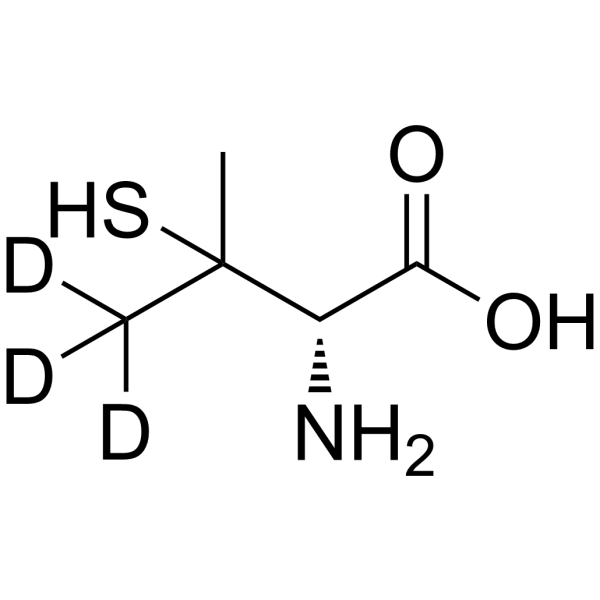
-
- HY-161324
-
|
|
Microtubule/Tubulin
|
Cancer
|
|
Tubulin degrader 1 (Compound 5i) is a BML284 (HY-19987) derivative that is an orally active colchicine-site noncovalent tubulin degradation agent with IC50 values ranging from 0.02 to 0.05 μM against the five tumor cell lines (Hela, HCT116, MCF-7, K562 and Molm-13). Tubulin degrader 1 has antiproliferative activity that effectively suppressed tumor growth .
|
-
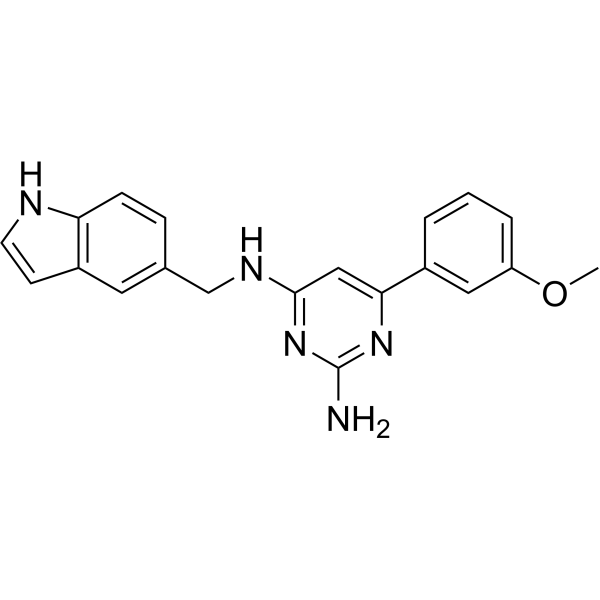
-
- HY-15578
-
McMMAF
4 Publications Verification
Maleimidocaproyl monomethylauristatin F
|
Drug-Linker Conjugates for ADC
|
Cancer
|
|
McMMAF is a protective group (maleimidocaproyl)-conjugated MMAF, which is a potent tubulin polymerization inhibitor. McMMAF can be used as a agent-linker for antibody-drug conjugates (ADC). McMMAF is uncleavable, and must be internalized and degraded within a cell, releasing cysteine-McMMAF as the active agent .
|
-
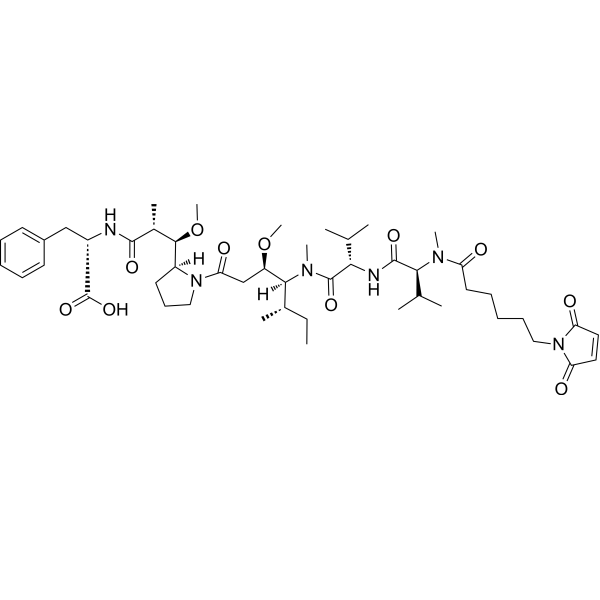
-
- HY-N7449
-
-
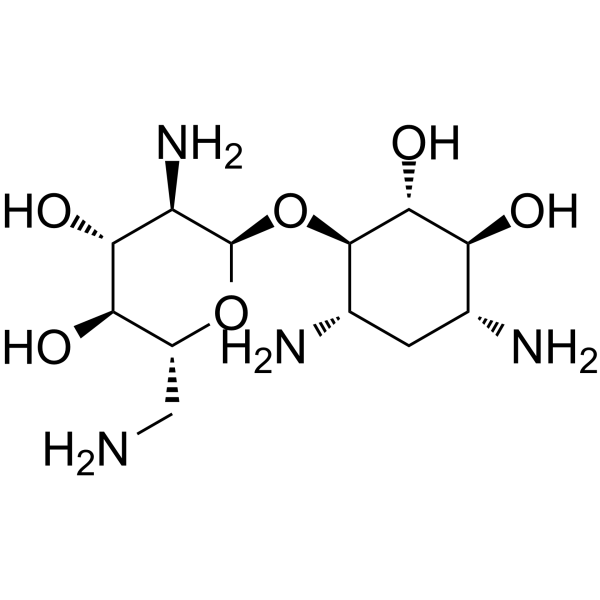
-
- HY-117878
-
|
|
Others
|
Metabolic Disease
|
|
ML345 is a potent and selective insulin-degrading enzyme (IDE) small-molecule inhibitor, with an IC50 value of 188 nM. ML345 can be for use as a pharmacophore for agent development in diabetes research .
|
-
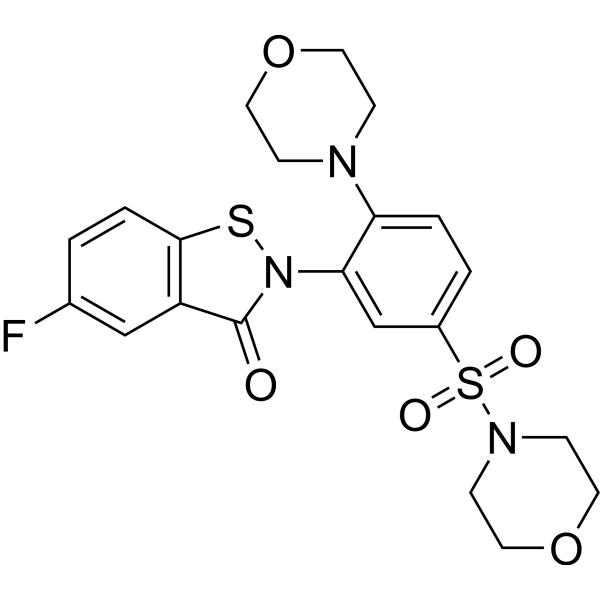
-
- HY-108903
-
|
Hylenex; Vorhyaluronidase alfa; rHuPH 20
|
Others
|
Cancer
|
|
Hyaluronidase (human recombinant) (Hylenex; Vorhyaluronidase alfa; rHuPH 20),catalysing the degradation of hyaluronic acid, is an enzyme used to improve the absorption and dispersion of parenterally administered fluids, drugs, and contrast agents .
|
-

-
- HY-101150A
-
|
|
DNA Alkylator/Crosslinker
ADC Cytotoxin
|
Cancer
|
|
sulfo-DGN462 sodium is degraded to DGN462 in culture medium and plasma. DGN462, a potent DNA-alkylating agent, shows anti-tumor activity, such as acute myeloid leukemia (AML) .
|
-
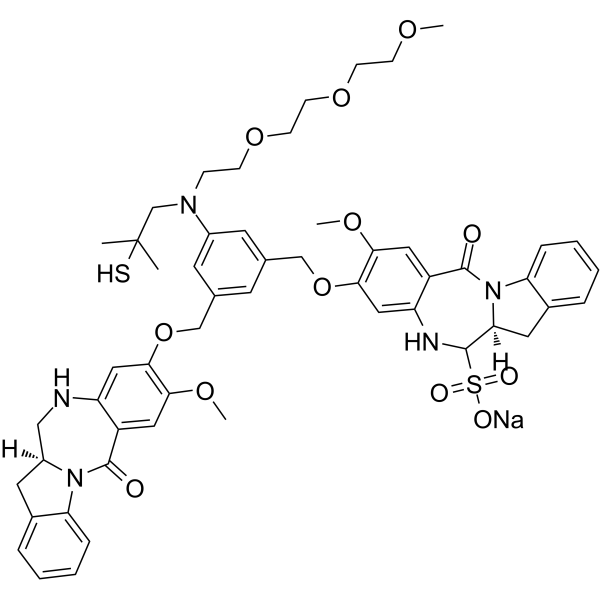
-
- HY-125834
-
|
|
PROTACs
Bcr-Abl
Apoptosis
|
Cancer
|
|
GMB-475 is a degrader of BCR-ABL1 tyrosine kinase based on PROTAC, overcoming BCR-ABL1-dependent agent resistance. GMB-475 targets BCR-ABL1 protein and recruits the E3 ligase Von Hippel Lindau (VHL), resulting in ubiquitination and subsequent degradation of the oncogenic fusion protein .
|
-

-
- HY-115349
-
|
|
Bacterial
|
Infection
Neurological Disease
Cancer
|
|
Neamine tetrahydrochloride, a degradation product of Neomycin, is a broad-spectrum aminoglycoside antibiotic. Neamine tetrahydrochloride is an anti-angiogenesis agent targeting angiogenin. Neamine tetrahydrochloride has potent antibacterial, antitumor and neuroprotective activities .
|
-
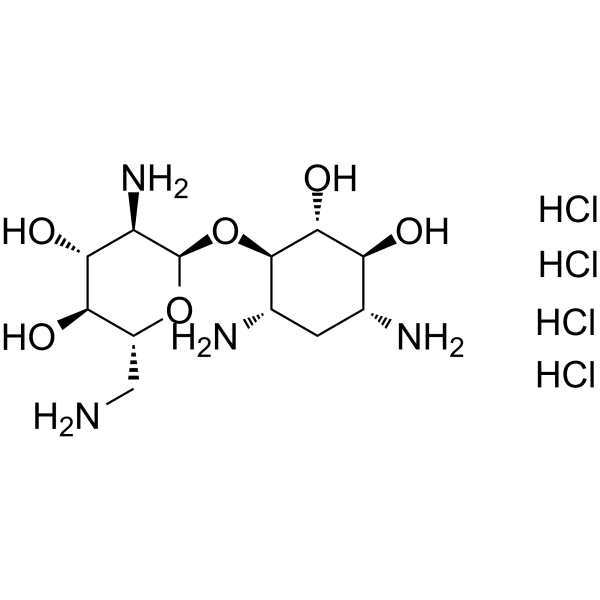
-
- HY-10984S
-
-
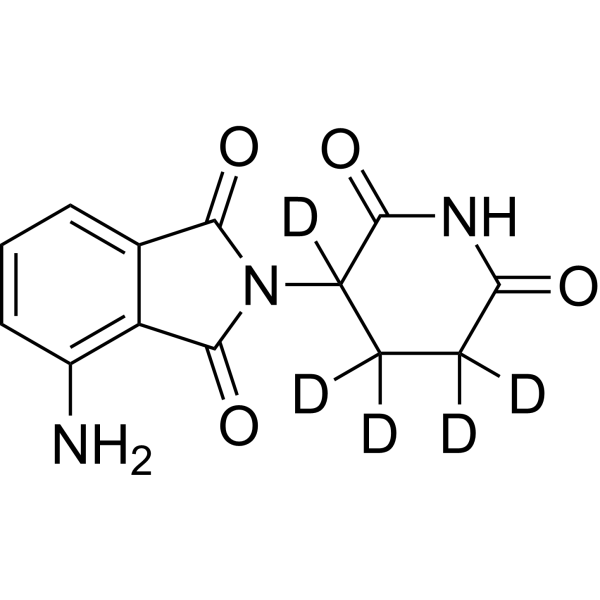
-
- HY-10984S2
-
-
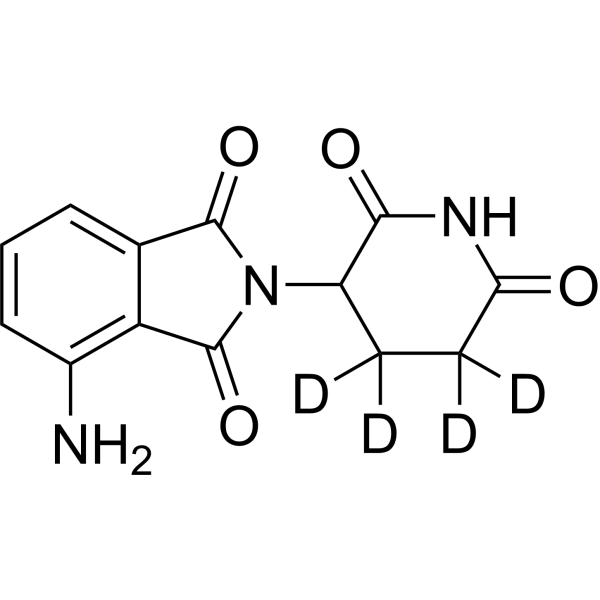
-
- HY-15578G
-
|
Maleimidocaproyl monomethylauristatin F
|
Drug-Linker Conjugates for ADC
|
Cancer
|
|
McMMAF GMP is a GMP grade McMMAF (HY-15578). McMMAF is a protective group (maleimidocaproyl)-conjugated MMAF, which is a potent tubulin polymerization inhibitor. McMMAF can be used as a agent-linker for antibody-drug conjugates (ADC). McMMAF is uncleavable, and must be internalized and degraded within a cell, releasing cysteine-McMMAF as the active agent .
|
-
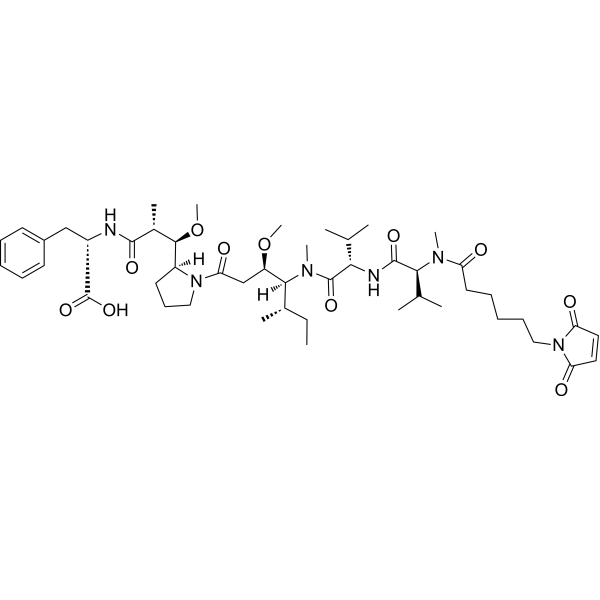
-
- HY-146368
-
|
|
PROTACs
VEGFR
|
Cancer
|
|
PROTAC VEGFR-2 degrader-1(PROTAC-1), a PROTAC VEGFR-2 degrader, exhibits little VEGFR-2 inhibition (IC50> 1 μM) and anti-proliferative activity against EA.hy926 cells (IC50> 100 μM) .
|
-

-
- HY-146369
-
|
|
PROTACs
VEGFR
|
Cancer
|
|
PROTAC VEGFR-2 degrader-2(PROTAC-4), a PROTAC VEGFR-2 degrader, exhibits little VEGFR-2 inhibition (IC50> 1 μM) and anti-proliferative activity against EA.hy926 cells (IC50> 100μM) .
|
-
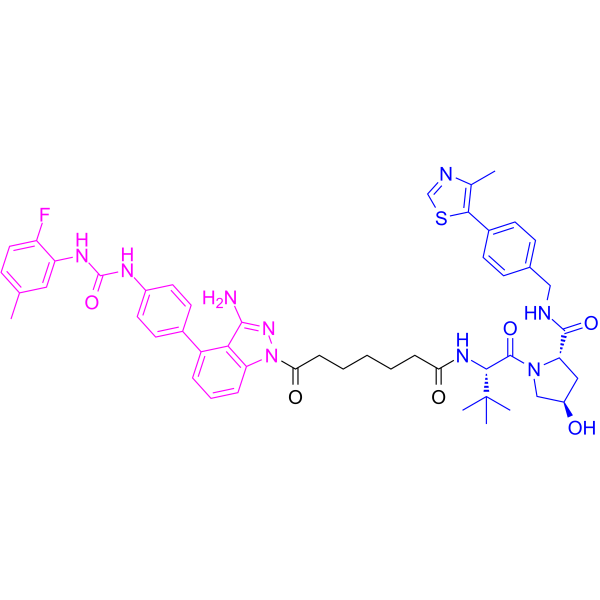
-
- HY-10984S1
-
|
CC-4047-d3
|
Ligands for E3 Ligase
Molecular Glues
Apoptosis
|
Cancer
|
|
Pomalidomide-d3 is the deuterium labeled Pomalidomide. Pomalidomide, the third-generation immunomodulatory agent, acts as molecular glue. Pomalidomide interacts with the E3 ligase cereblon and induces degradation of essential Ikaros transcription factors[1][2].
|
-

-
- HY-127026A
-
|
|
Angiotensin-converting Enzyme (ACE)
|
Cardiovascular Disease
|
|
Quinaprilat hydrate is a non-mercapto Angiotensin Converting Enzyme (ACE) inhibitor, the active metabolite of Quinapril. Quinaprilat hydrate specifically blocks the conversion of angiotensin I to the vasoconstrictor angiotensin II and inhibits the degradation of bradykinin. Quinaprilat hydrate acts as anti-hypertensive agent and vasodilator .
|
-

-
- HY-148380A
-
-
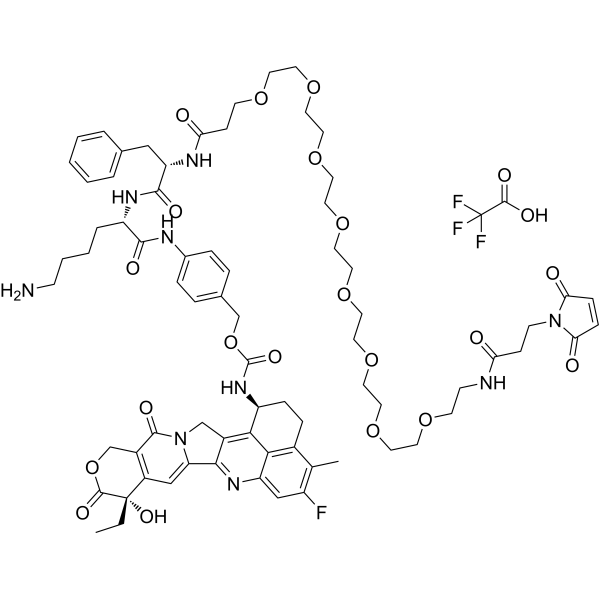
-
- HY-127026
-
|
|
Angiotensin-converting Enzyme (ACE)
|
Cardiovascular Disease
|
|
Quinaprilat is an orally active non-mercapto Angiotensin Converting Enzyme (ACE) inhibitor, the active metabolite of Quinapril. Quinaprilat specifically blocks the conversion of angiotensin I to the vasoconstrictor angiotensin II and inhibits the degradation of bradykinin. Quinaprilat acts as anti-hypertensive agent and vasodilator .
|
-
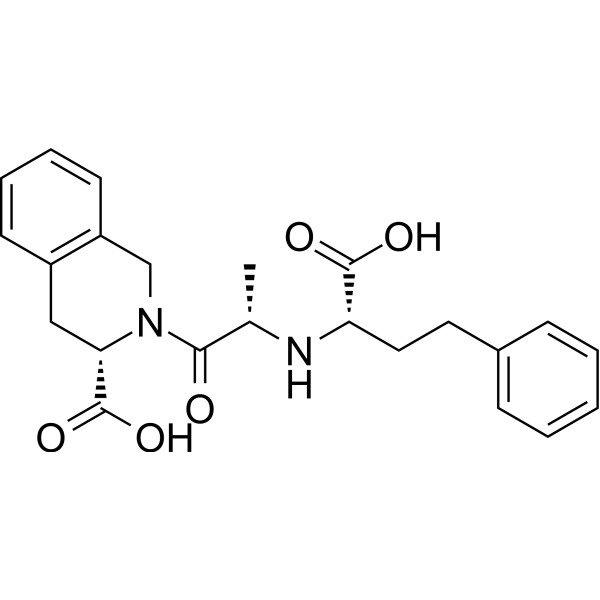
-
- HY-W093067
-
|
|
Others
|
Cancer
|
|
KTX-582 intermediate-4 (intermediate 2-1)is a synthesis IRAK4Degrading agent KTX-582 (HY-148274)of intermediates. KTX-582It is also an effective form of apoptosis (apoptosis)inducer .
|
-
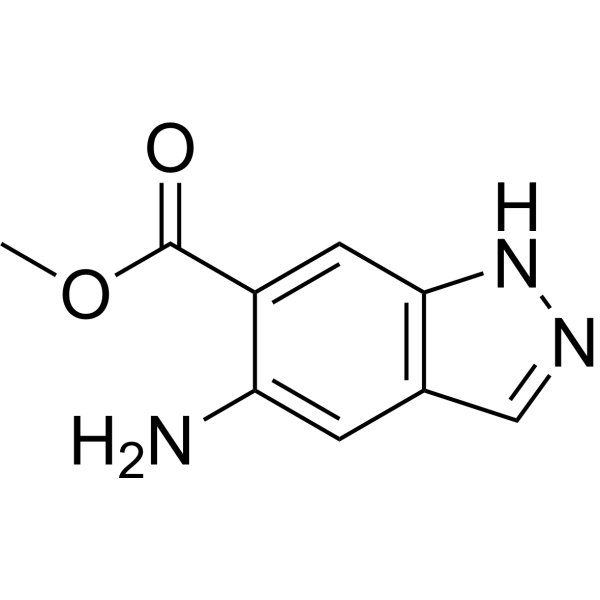
-
- HY-148380
-
-
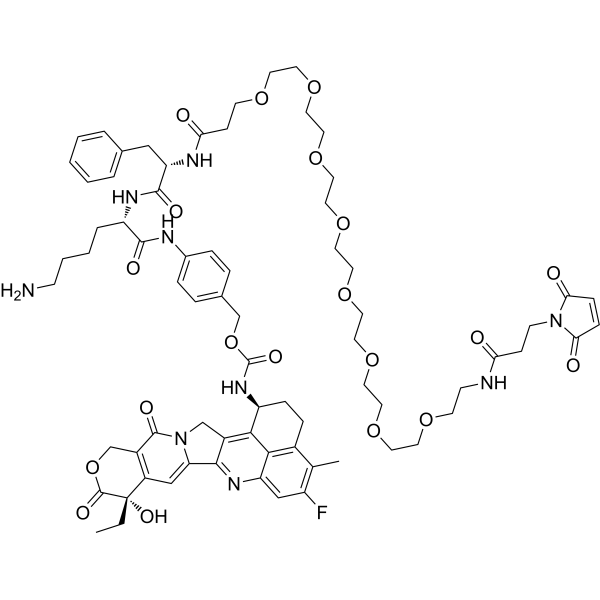
-
- HY-109528
-
|
ISIS-2922
|
CMV
|
Infection
|
|
Fomivirsen (ISIS-2922) sodium is an antisense 21 mer phosphorothioate oligonucleotide. Fomivirsen sodium is an antiviral agent that is used cytomegalovirus retinitis (CMV) research, incluiding in AIDs. Fomivirsen sodium binds to and degrades the mRNAs encoding CMV immediate-early 2 protein, thus inhibiting virus proliferation .
|
-

-
- HY-112958
-
|
ISIS-2922 free base
|
CMV
|
Infection
|
|
Fomivirsen (ISIS-2922 free base) is an antisense 21 mer phosphorothioate oligonucleotide. Fomivirsen is an antiviral agent that is used CMV research, incluiding in AIDs. Fomivirsen binds to and degrades the mRNAs encoding CMV immediate-early 2 protein, thus inhibiting virus proliferation .
|
-

-
- HY-10984S3
-
-
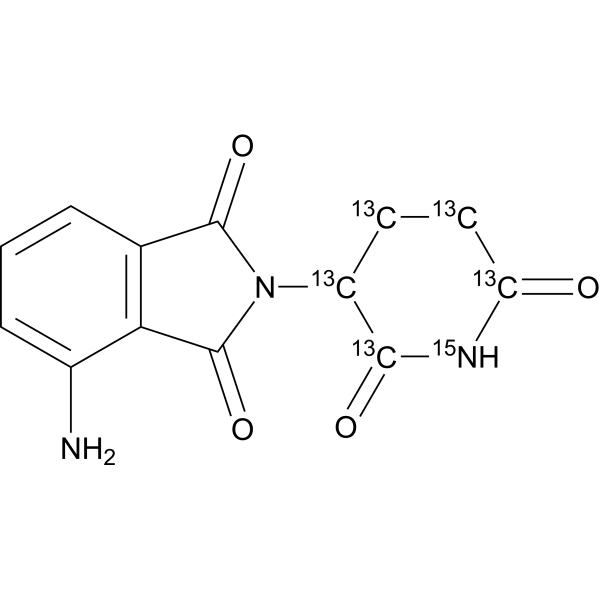
-
- HY-P3717
-
|
|
Ephrin Receptor
|
Cancer
|
|
Targefrin is a potent EphA2-targeting agent, acts as an antagonist. Targefrin binds EphA2-LBD with 21 nM dissociation constant and an IC50 value of 10.8 nM. Targefrin induces cellular receptor internalization and degradation in several pancreatic cancer cell lines .
|
-
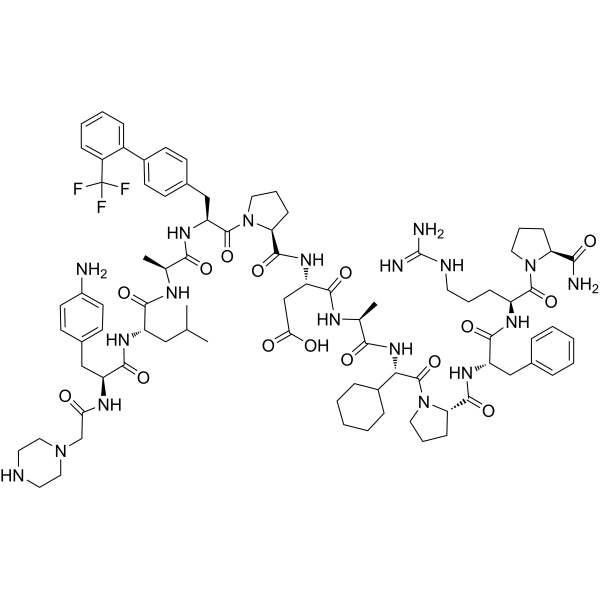
-
- HY-100037
-
NT157
1 Publications Verification
Tyrphostin NT157
|
|
|
|
NT157 (Tyrphostin NT157) is a selective IRS-1/2 inhibitor that induces Ser-phosphorylation and consequently the degradation of IRS-1/2. NT157 (Tyrphostin NT157) is a first-in-class anti-cancer agent that also targets Stat3 signaling pathway .
|
-
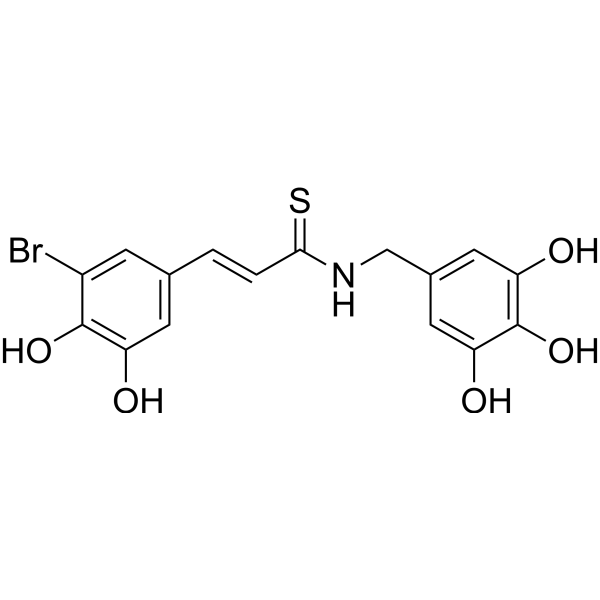
-
- HY-119198
-
|
|
Apoptosis
Histone Methyltransferase
|
Cancer
|
|
NSC745885 an effective anti-tumor agent, shows selective toxicity against multiple cancer cell lines but not normal cells. NSC745885 is an effective down-regulator of EZH2 via proteasome-mediated degradation. NSC745885 provides possibilities for the study of advanced bladder and oral squamous cell carcinoma (OSCC) cancers .
|
-
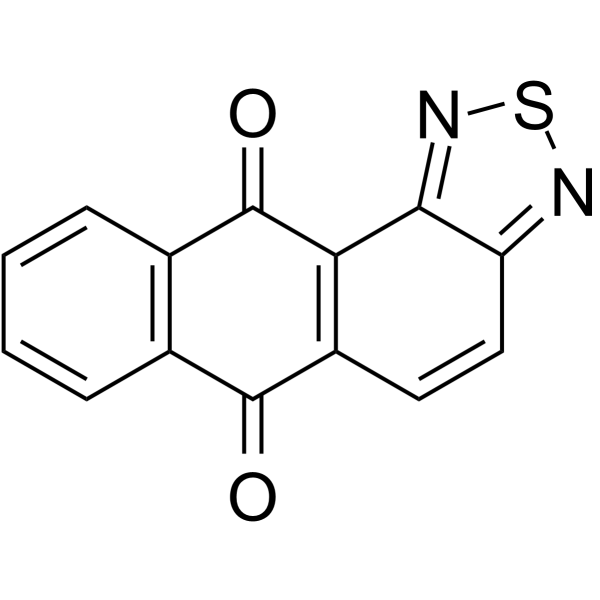
-
- HY-114312
-
MD-224
4 Publications Verification
|
PROTACs
MDM-2/p53
E1/E2/E3 Enzyme
|
Cancer
|
|
MD-224 is a first-in-class and highly potent small-molecule human murine double minute 2 (MDM2) degrader based on the proteolysistargeting chimera (PROTAC) concept. MD-224 consists of ligands for Cereblon and MDM2. MD-224 induces rapid degradation of MDM2 at concentrations <1 nM in human leukemia cells, and achieves an IC50 value of 1.5 nM in inhibition of growth of RS4;11 cells. MD-224 has the potential to be a new class of anticancer agent . MD-224 is a click chemistry reagent, it contains an Alkyne group and can undergo copper-catalyzed azide-alkyne cycloaddition (CuAAc) with molecules containing Azide groups.
|
-
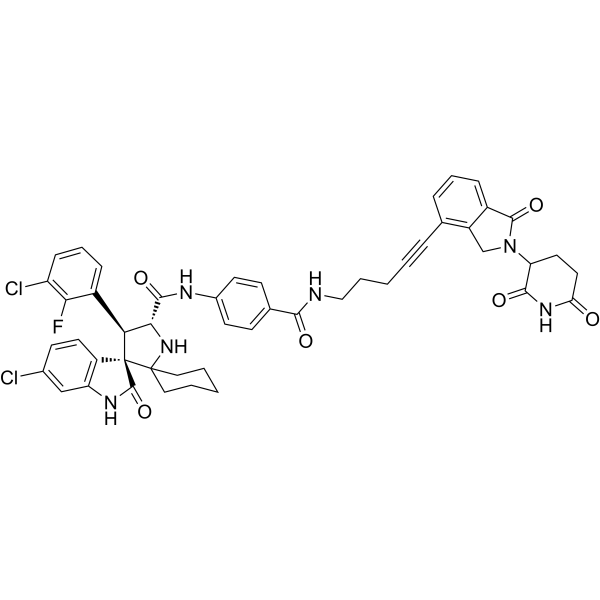
-
- HY-13650
-
|
E 7070
|
Molecular Glues
Carbonic Anhydrase
|
Cancer
|
|
Indisulam (E 7070) is a carbonic anhydrase inhibitor with anticancer activity. Indisulam (E 7070) is a sulfonamide agent that targets the G1 phase of the cell cycle. Indisulam (E 7070) causes a blockade in the G1/S transition through inhibition of the activation of both CDK2 and cyclin E. Indisulam (E 7070) targets splicing by inducing RBM39 degradation via recruitment to DCAF15 .
|
-

-
- HY-129611
-
|
|
Apoptosis
|
Inflammation/Immunology
Cancer
|
|
Bromelain is an anti-inflammatory agent derived from pineapple stem that acts through down-regulation of plasma kininogen, inhibition of Prostaglandin E2 expression, degradation of advanced glycation end product receptors and regulation of angiogenic biomarkers as well as antioxidant action upstream in the COX-pathway . Bromelain exhibits various fibrinolytic, antiedematous, antithrombotic, and anti-inflammatory activities. Bromelain also possesses some anticancerous activities and promotes apoptotic cell death .
|
-

-
- HY-132604
-
|
ARO-AAT
|
Small Interfering RNA (siRNA)
|
Metabolic Disease
|
|
Fazirsiran (ARO-AAT) is a second-generation RNAi agent. Fazirsiran consistes of a cholesterol-conjugated RNAi trigger (chol-RNAi) to selectively degrade Alpha1-antitrypsin (AAT) mRNA by RNAi and a melittin-derived peptide conjugated to N-acetylgalactosamine (NAG) formulated as the excipient EX1 to promote endosomal escape of the chol-RNAi in hepatocytes . Fazirsiran can be used in the study of Alpha-1 Antitrypsin Deficiency (AATD) liver disease.
|
-

-
- HY-132604A
-
|
ARO-AAT sodium
|
Small Interfering RNA (siRNA)
|
Metabolic Disease
|
|
Fazirsiran sodium is a second-generation RNAi agent. Fazirsiran sodium consistes of a cholesterol-conjugated RNAi trigger (chol-RNAi) to selectively degrade Alpha1-antitrypsin (AAT) mRNA by RNAi and a melittin-derived peptide conjugated to N-acetylgalactosamine (NAG) formulated as the excipient EX1 to promote endosomal escape of the chol-RNAi in hepatocytes . Fazirsiran sodium can be used in the study of Alpha-1 Antitrypsin Deficiency (AATD) liver disease.
|
-
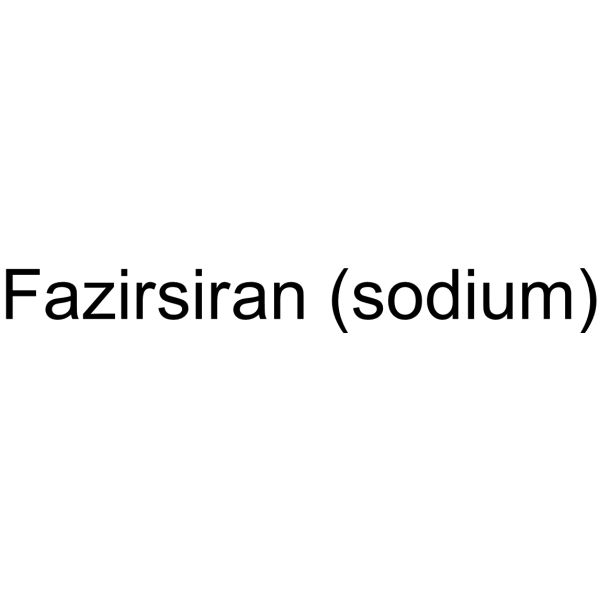
-
- HY-N2214
-
|
|
|
|
|
7-O-Methylaloeresin A is 5-methylchromone glycoside isolated from Commiphora socotrana (Burseraceae). 7-O-Methylaloeresin A exhibits good activity against multiple agent resistant Staphylococcus aureus (NCTC 11994) and Salmonella typhimurium (ATCC 1255) with MIC values of 0.72 and 0.18 mM, respectively. 7-O-Methylaloeresin A has antioxidant activities, gives IC50 values of 0.026 mM and 0.021 mM for DPPH and 2-deoxyribose degradation assay, respectively.
|
-
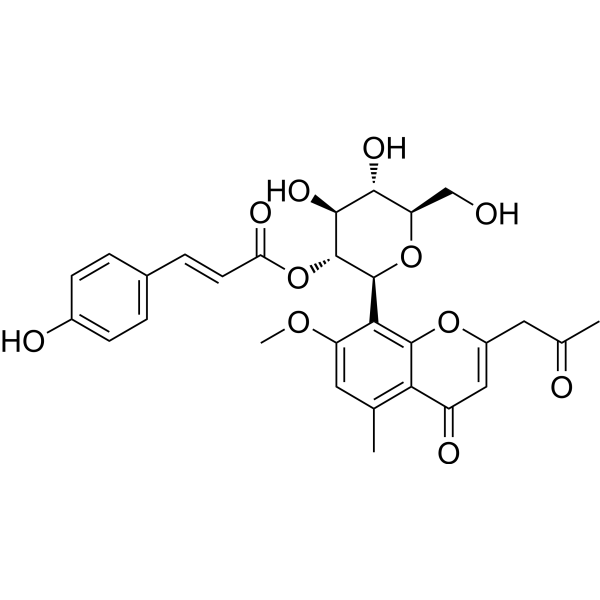
-
- HY-19671
-
|
SR-45023A; SR 9223i; SK&F-99085
|
Apoptosis
|
Cancer
|
|
Apomine (SR-45023A) is an antineoplastic agent that inhibits the mevalonate/isoprenoid pathway in cholesterol synthesis. It can accelerate the degradation of 3-hydroxy-3-methylglutaryl-CoA reductase (HMGR). Apomine can also inhibit the growth of various types of cancer cells, including lung cancer, colon cancer, breast cancer, and skin cancer. In addition, Apomine is able to induce apoptosis in tumor cell lines derived from leukemia, colon cancer, liver cancer, ovarian cancer, and breast cancer .
|
-

-
- HY-149539
-
|
|
FLT3
RET
|
Cancer
|
|
PLM-101 is an orally available anticancer agent targeting FLT3 and RET with inhibitory activity against acute myeloid leukemia cells. PLM-101 inhibits RET, thereby inducing autophagic degradation of FLT3; and it inhibits the PI3K and Ras/ERK pathways, resulting in anti-leukemia activity. PLM-101 has anti-tumor efficacy in a mouse MV4-11 flank xenograft model (dose: 3, 10 mg/kg; po) and an allogeneic xenograft mouse model (dose: 40 mg/kg; po) .
|
-
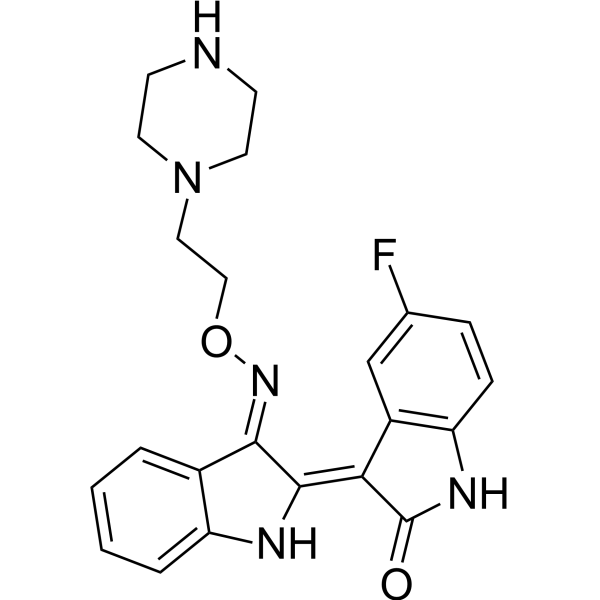
-
- HY-W250129
-
|
|
Biochemical Assay Reagents
|
Others
|
|
2,3,4,5-Tetrafluorobenzoyl chloride is a fluorinated organic compound that belongs to the class of benzoyl chlorides. It is a colorless liquid with a pungent smell and is mainly used as an intermediate in the synthesis of various pharmaceutical and pesticide compounds. 2,3,4,5-Tetrafluorobenzoyl chloride is an acylating agent that can react with a variety of nucleophiles, including amines, alcohols, and thiols, to form amides, esters, or thioesters, respectively. Its unique fluorine-containing structure can impart desired properties to target molecules, such as increased lipophilicity or increased stability against metabolic degradation. However, due to its high reactivity and potential health hazards, proper safety measures and handling procedures must be followed when using this compound.
|
-
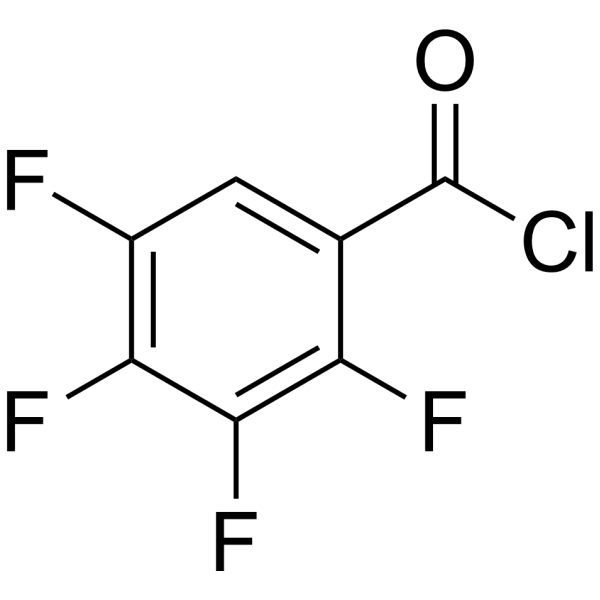
| Cat. No. |
Product Name |
Type |
-
- HY-15578G
-
|
Maleimidocaproyl monomethylauristatin F (GMP)
|
Fluorescent Dye
|
|
McMMAF GMP is a GMP grade McMMAF (HY-15578). McMMAF is a protective group (maleimidocaproyl)-conjugated MMAF, which is a potent tubulin polymerization inhibitor. McMMAF can be used as a agent-linker for antibody-drug conjugates (ADC). McMMAF is uncleavable, and must be internalized and degraded within a cell, releasing cysteine-McMMAF as the active agent .
|
| Cat. No. |
Product Name |
Type |
-
- HY-15578G
-
|
Maleimidocaproyl monomethylauristatin F (GMP)
|
Biochemical Assay Reagents
|
|
McMMAF GMP is a GMP grade McMMAF (HY-15578). McMMAF is a protective group (maleimidocaproyl)-conjugated MMAF, which is a potent tubulin polymerization inhibitor. McMMAF can be used as a agent-linker for antibody-drug conjugates (ADC). McMMAF is uncleavable, and must be internalized and degraded within a cell, releasing cysteine-McMMAF as the active agent .
|
-
- HY-W250129
-
|
|
Biochemical Assay Reagents
|
|
2,3,4,5-Tetrafluorobenzoyl chloride is a fluorinated organic compound that belongs to the class of benzoyl chlorides. It is a colorless liquid with a pungent smell and is mainly used as an intermediate in the synthesis of various pharmaceutical and pesticide compounds. 2,3,4,5-Tetrafluorobenzoyl chloride is an acylating agent that can react with a variety of nucleophiles, including amines, alcohols, and thiols, to form amides, esters, or thioesters, respectively. Its unique fluorine-containing structure can impart desired properties to target molecules, such as increased lipophilicity or increased stability against metabolic degradation. However, due to its high reactivity and potential health hazards, proper safety measures and handling procedures must be followed when using this compound.
|
| Cat. No. |
Product Name |
Target |
Research Area |
-
- HY-P3717
-
|
|
Ephrin Receptor
|
Cancer
|
|
Targefrin is a potent EphA2-targeting agent, acts as an antagonist. Targefrin binds EphA2-LBD with 21 nM dissociation constant and an IC50 value of 10.8 nM. Targefrin induces cellular receptor internalization and degradation in several pancreatic cancer cell lines .
|
-
- HY-P5819
-
|
|
Wnt
APC
PROTACs
β-catenin
|
Cancer
|
|
xStAx-VHLL is a PROTAC β-catenin degrader that manifests strong inhibition of Wnt signaling and sustains degradation of β-catenin in cancer cells and the intestinal organoids derived from wild-type and APC –/– mice. xStAx-VHLL can be used as a promising anticancer agent .
|
| Cat. No. |
Product Name |
Category |
Target |
Chemical Structure |
| Cat. No. |
Product Name |
Chemical Structure |
-
- HY-10984S1
-
|
|
|
Pomalidomide-d3 is the deuterium labeled Pomalidomide. Pomalidomide, the third-generation immunomodulatory agent, acts as molecular glue. Pomalidomide interacts with the E3 ligase cereblon and induces degradation of essential Ikaros transcription factors[1][2].
|
-

-
- HY-B0300S
-
|
|
|
Penicillamine-d3 is the deuterium labeled Penicillamine. Penicillamine (D-(-)-Penicillamine) is the most characteristic degradation product of the penicillin antibiotics. It is used as an antirheumatic and as a chelating agent in Wilson's disease.
|
-

-
- HY-10984S
-
|
|
|
Pomalidomide-d5 is deuterium labeled Pomalidomide. Pomalidomide, the third-generation immunomodulatory agent, acts as molecular glue. Pomalidomide interacts with the E3 ligase cereblon and induces degradation of essential Ikaros transcription factors.
|
-

-
- HY-10984S2
-
|
|
|
Pomalidomide-d4 is the deuterium labeled Pomalidomide. Pomalidomide, the third-generation immunomodulatory agent, acts as molecular glue. Pomalidomide interacts with the E3 ligase cereblon and induces degradation of essential Ikaros transcription factors<
|
-

-
- HY-10984S3
-
|
|
|
Pomalidomide- 15N, 13C5 is 15N and 13C labeled Pomalidomide (HY-10984). Pomalidomide, the third-generation immunomodulatory agent, acts as molecular glue. Pomalidomide interacts with the E3 ligase cereblon and induces degradation of essential Ikaros transcription factors.
|
-

Your information is safe with us. * Required Fields.
Inquiry Information
- Product Name:
- Cat. No.:
- Quantity:
- MCE Japan Authorized Agent:
























































